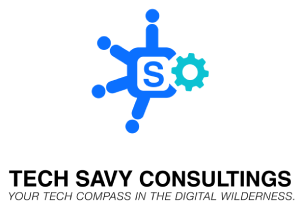
A quick online search always reveals newsworthy info about the latest or trendiest startup tech stack. Tech pundits, newbie coders, and die-hard enthusiasts often gravitate toward tech stacks that have generated a lot of buzz. More often than not, this leads to long-winded posts and arguments about the benefits of these stacks on sites like Reddit and Quora.
Unfortunately, this information seldom serves startups that mean business. That’s because most flavor-of-the-month tech stacks haven’t been around long enough to be battle-tested. Thus, you can’t rely on these if you want to build reliable applications for your company or users.
But you need to know what key aspects are part of a startup tech stack. Knowing this will help you pick one that best aligns with your company’s needs. In this post, we cover these aspects in more detail.
What Makes Up A Startup Tech Stack?
Tech stacks often differ due to their specific purposes. For example, tech stacks aimed at web development will have front-end and back-end components, but this isn’t necessarily the case for stacks meant for app development.
At times, it’s necessary to integrate a back-end to an app to store its data in a server-side database. Thus, it’s common for a startup to use more than one tech stack for implementing specific functionality. Regardless of the use case, a typical startup tech stack will contain the following components that work seamlessly together:
- Programming language: Languages like C#, JavaScript, and Python allow programmers to execute instructions to make an application function according to the software design document.
- Framework: Popular examples of frameworks meant for hybrid app development include Flutter, .NET MAUI, and React Native. A good framework comes with the code, documentation, and tools to help developers build their apps faster and more efficiently.
- Application Programming Interface (API): Software vendors and tech companies like Google provide a series of APIs, such as the AdMob API, Android Management API, and Cloud Billing API. An integrated API allows apps, hardware, and websites to exchange data and services.
What Technologies Comprise A Modern Startup Tech Stack?
Startups choose their tech stacks based on cost, community support, availability of developers, documentation, learning curve, tooling, scalability, stability, and maturity. The technologies that have proven their worth among startups include the following:
- Client-side: Angular, jQuery, and React.
- Server-side: Django, Node.js, and Spring.
- Cloud: Amazon Web Services (AWS), Google Cloud, and Microsoft Azure.
- Database: MongoDB, MySQL, and PostgreSQL.
- Mobile: XCode, Swift, iOS SDK, and UIKit for iOS development. Android Studio, Kotlin, Android Software Development Kit (SDK), and Jetpack Compose for Android development.
When Should A Startup Choose Its Tech Stack?
It’s best to pick your tech stack during planning or the pre-development phase of your project. Be sure to choose the most suitable stack for your needs to avoid switching to an alternative later on. Apart from the additional cost of switching, there’s also the risk that code migration can’t happen if your project is at an advanced stage.
In Conclusion
A startup tech stack consists of various components that work cohesively. These mainly consist of programming languages, frameworks, and APIs to help developers create your startup’s projects. If you pick a suitable app for your needs, development will be a relatively quick and smooth process.
Image: Pexels

